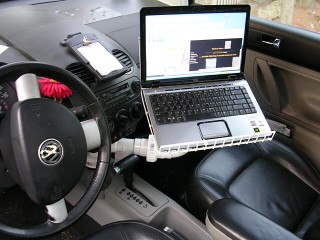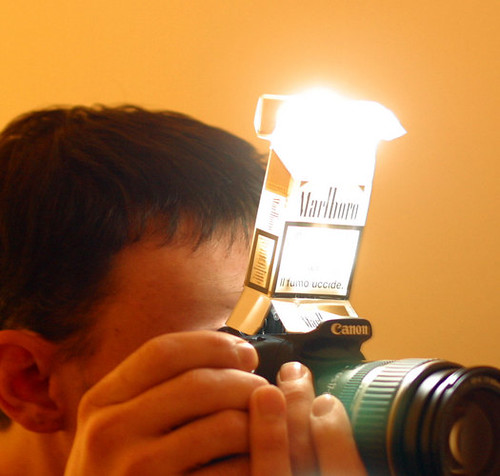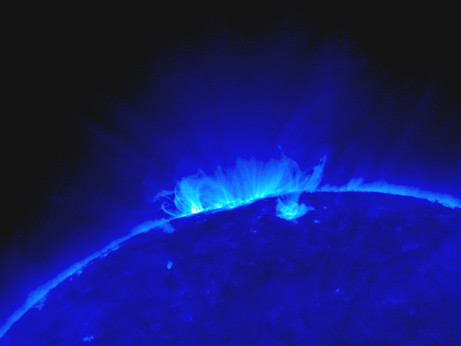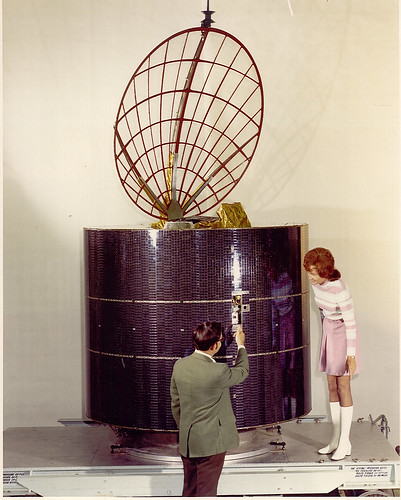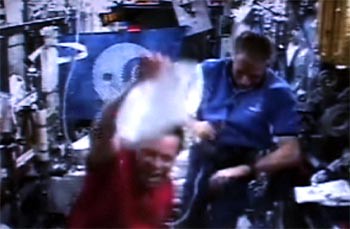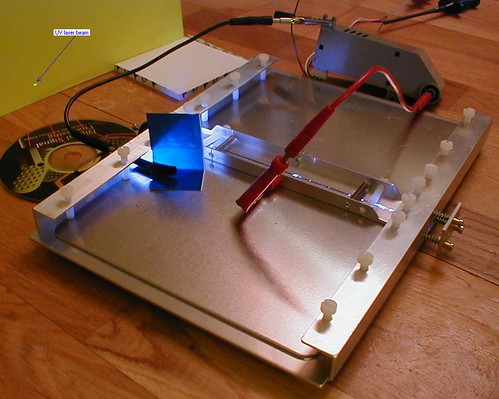Is time running backwards, or are music lovers just getting back to their roots?
Well, neither, as it turns out. Rather, "Rhythm" and "Blues" are the names of the two new satellites that will bring XM Satellite Radio to consumers:
On Friday, XM began broadcasting through its recently launched XM-4 satellite (known as "Blues") manufactured by Boeing Satellite Systems International, Inc. The combination of "Rhythm (the XM-3 satellite launched in early 2005)" and "Blues" provides a solid foundation to deliver a full complement of digital broadcasts to the XM Nation across the next two decades…
Rhythm and Blues replace XM’s original satellites, "Rock" and "Roll," launched in 2001, which will serve as in-orbit spares for the near-term.
"Rock" and "Roll" were just launched in 2001 — so why replace them so soon?
The first Boeing 702 spacecraft had problems with the solar arrays, which experienced "faster than expected performance degradation during early operational life."
That’s a mere euphemism, insurers say. In a satellite version of a "lemon law," the world’s "largest space-insurance underwriters have agreed to seek damages from Boeing Co. for what they allege was gross negligence in the manufacturing of the first six Boeing 702-class satellites, all of which had defective solar arrays," according to Space News.
Solar array problems aren’t always a case of manufacturing errors, however. The space environment is extraordinarily hostile, and solar array failures can often be caused by conditions in space:
In 1997, scientists and engineers of the Photovoltaic and Space Environments Branch of the NASA Lewis Research Center, Maxwell Technologies, and Space Systems/Loral discovered a new failure mechanism for solar arrays on communications satellites in orbit. Sustained electrical arcs, initiated by the space plasma and powered by the solar arrays themselves, were found to have destroyed solar array substrates on some Space Systems/Loral satellites, leading to array failure. The mechanism was tested at Lewis, and mitigation strategies were developed to prevent such disastrous occurrences on-orbit in the future.
Not all problems lead to array failure, however. But maintaining the functionality of solar arrays remains one of the key challenges to satellite engineers working in a difficult environment.
